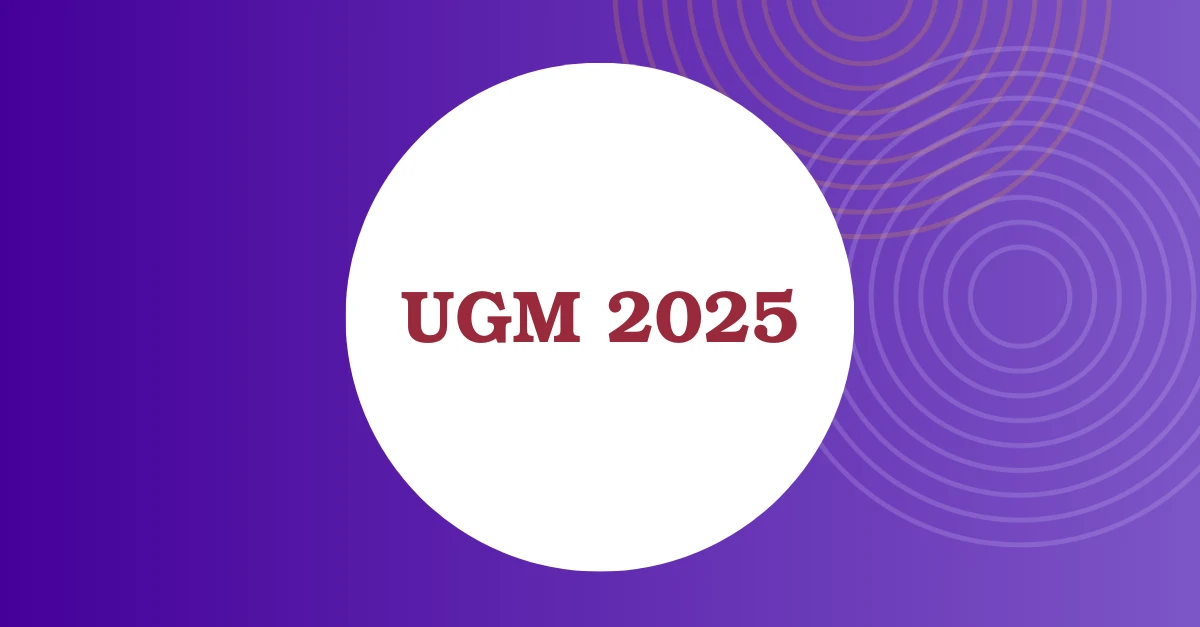In a final report, the Commission on Care cited forces in play contributing to deficiencies in the Veterans Health Administration’s EHR platform warranting a reconsideration of its EHR selection strategy, one including a potential commercial off-the-shelf EHR system.
“Due to excessive project management overhead, a complex legacy IT infrastructure that is difficult to modernize, and more than 130 variations of the primary software system deployed across VHA medical facilities, the implementation of improved IT capabilities in the last 10 years has been extremely limited,” the authors wrote.
“VA is currently weighing whether to continue to modernize VistA or purchase a COTS health information technology platform,” the continued. “The Commission recommends moving to a COTS program.”
According to the Commission on Care, the move to a commercial EHR replacement is consistent with a similar transition among leading healthcare institutions that had once relied on homegrown EHR technology:
Many large U.S. health care systems that originally developed in-house EHRs have since purchased and migrated to COTS EHRs. DoD recently made the same choice, deciding to replace its homegrown EHR with a COTS product to take advantage of private-sector innovation and have an EHR that communicates with private-sector systems. For a system in which 60 to 70 percent of military health care takes place outside the DoD, this was an important business consideration that is also consistent with VHA’s long term direction. Very large IT programs with purpose-built systems and labor-driven business models are shifting rapidly toward more open source, COTS systems. Large proprietary IT solutions are increasingly being replaced by less risky, agile, and open-source solutions or IT as-a-service models, and getting away from client-server models.
The authors have indicated budgetary restrictions as a potential roadblock to a VA COST EHR replacement selection down the road.
“The current VistA/computerized patient records systems are based on a tightly integrated, monolithic architecture and design with numerous and diverse functional components and associated interdependencies,” they explained. “These characteristics impose barriers to modernizing the respective systems. In addition, the high cost of infrastructure operation and maintenance (85 percent of the total IT budget) reduces funding available for new development efforts.”
To pave the way for a COTS EHR at VA, the Commission on Care has called for the reallocation of funds along with an increase in IT-related funding.
“The modernization of VHA’s IT infrastructure requires a substantial increase in and reallocation of VA’s IT budget to implement it,” they maintained. “The budget process for VA health care IT funding should be the same as the process for VHA medical care funding. That shift can be accomplished by establishing a separate line item for health IT within VA’s IT appropriation, and providing for advanced appropriations for that account. In addition, there is also a potential supplementary role for government-wide IT legislation.”
To avoid an approach leading to more than 130 variations of the VistA EHR, the commission has sought changes in VA leadership tied to improving change management and interoperability with DoD.
At present, a lack of standard clinical documentation has made it harder to develop effective clinical decision-support systems and hinders EHR information exchange among VA Medical Centers (VAMC), between VA and non-VA facilities (including those of DoD), and between VA and individual veterans. Shared data must be well labeled in a way that the receiving system can identify and properly ingest such data. An electronic medical record can contain as many as 100,000 different data fields. The lack of data standards presents challenges to using comparable data for analysis and disparities among the 130 tailored local instances of VistA, complicating information sharing, data aggregation, and analytics. VHA has not established comprehensive semantic definitions for data elements through the use of standard nomenclatures, terminologies, and code sets. Doing so is required to ensure consistency and integration across multiple systems, leverage follow-on IT products, and facilitate analytics for clinical decision making.
Of the key functionalities required by VA for a COTS EHR replacement, the commission has listed four:
- one standard version of an EHR across all VHA sites of care;
- interoperability within VA, such as with Veterans Benefit Administration (VBA), and between VHA and DoD, and community providers;
- robust security
- the ability to accommodate a national unique patient identifier.
“This system must also be a robust clinical management tool that supports VHA clinical workflow and has a customizable interface for clinical users, allows for evidence-based clinical order sets and patient safety features like automated medication reconciliation, has robust analytic capability for both clinical and administrative functions, and enables automated abstraction and reporting of performance measures,” the authors added.
Among its other recommendations for VA and VHA, the Commission on Care has called for the hiring of a new CIO to oversee the VHA IT transformation and develop a strategy that addresses all the aforementioned deficiencies linked to the VistA EHR.


























